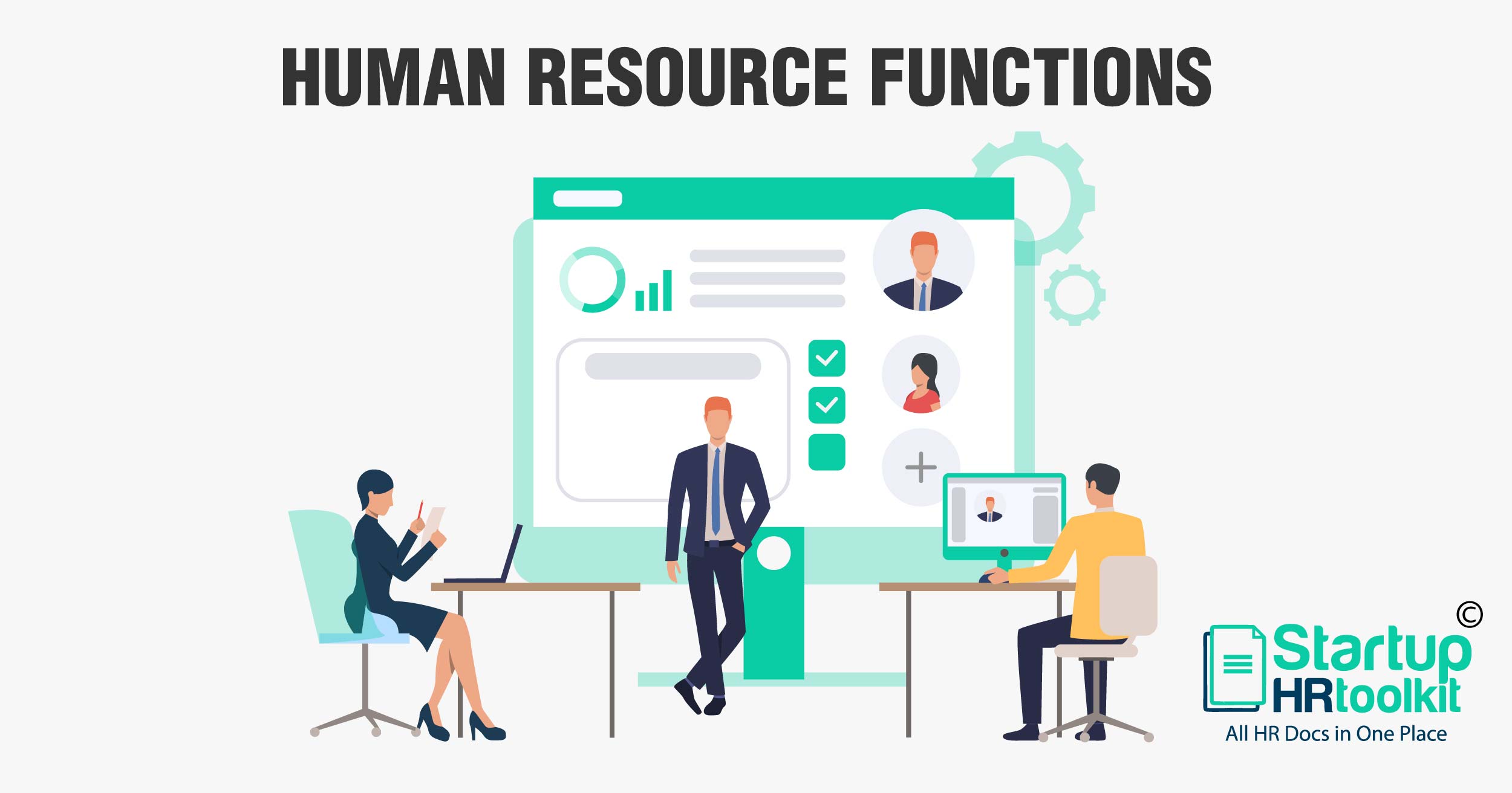Key Functions of the Human Resource Department

HR is a multifaceted position that helps businesses get the best out of their employees. HR has a variety of important roles in the company. Recruitment, performance improvement, learning and growth, and more. In this post, we’ll go through the core HR functions.
But first, let’s define what we’re talking about. To comprehend the roles of Human Resources, we must first comprehend Human Resource Management (HRM). HRM is a unique strategy to employment management that aims to gain a competitive advantage by strategically deploying a highly dedicated and competent workforce, using a variety of cultural, structural, and personnel techniques.
Management of performance
Employee engagement and commitment are dependent on effective performance management. Strong leadership, consistent goal-setting, and open feedback are all essential components of effective performance management.
Evaluation of a function
As a business and culture evolve, so must a well-functioning HR department. The technological component of HR is function assessment. The HR department maintains the company’s strategic performance as well as service quality and support by reviewing the HR role. The organization must provide the appropriate level of service while still working strategically. In practice, role assessment entails contrasting different aspects of the overall HR process. This may include factors such as worker quality and availability, job place, working hours, the economy, job duties, and how much value a job brings to the business.
Safety and Health
If we consider a workplace in terms of needs, we must first ensure that everybody’s basic needs are met: a comfortable working environment, a suitable temperature, and availability of food and water, as well as a sense of safety. HR should include an open-door policy for hearing input and handling workplace bullying that can lead to hostile work environments, in addition to supporting comfortable conditions for workers. Of course, physical safety is essential, and HR may be engaged in ensuring that employee accessibility is adequate. Many companies also provide workers with free nutritious snacks to encourage healthy behaviors, boost productivity, and promote employee well-being.
Compliance with labor laws
Labor and employment law compliance is a crucial HR functionality. Noncompliance can lead to workplace grievances about unfair hiring practices, unsafe working conditions, and general discontent with working conditions, all of which can have a negative impact on efficiency and, eventually, profitability. HR professionals must be familiar with federal and state employment legislation.
Selection and recruitment
Attracting and recruiting highly qualified workers requires time and effort. The HR team must ensure that individuals are a good match for the organization and the team in addition to arranging interviews, screening, and engaging with a wide pool of applicants. The onboarding process should not be neglected; making a successful first impression will open the way for a successful and engaged employee in the long run.
Development and Training
Once we’ve identified the best candidates, it’s important to teach them so they can complete their tasks. Whichever training is provided, it must be tailored to the company so that we understand the “why” as we begin to carry out our duties. Also, experienced workers have space for advancement, and forward-thinking businesses foresee and provide opportunities for employees to advance their expertise in ways that favor both the worker and the company.
Responsibilities of administration
HR’s administrative role is its final feature. Personnel processes and Human Resource Information Systems are examples of these. Promotions, relocations, punishment, performance enhancement, injury, laws, ethnic and racial diversity, unwelcome intimacies, bullying, and so on are all handled by personnel procedures. To effectively comply with the demands or resolve these obstacles, policies, and procedures must be established and implemented in each of these cases.
